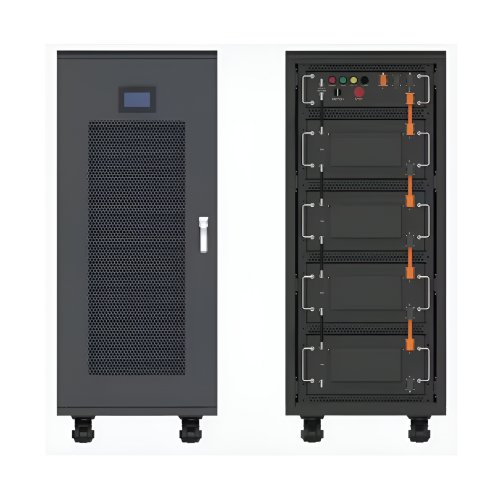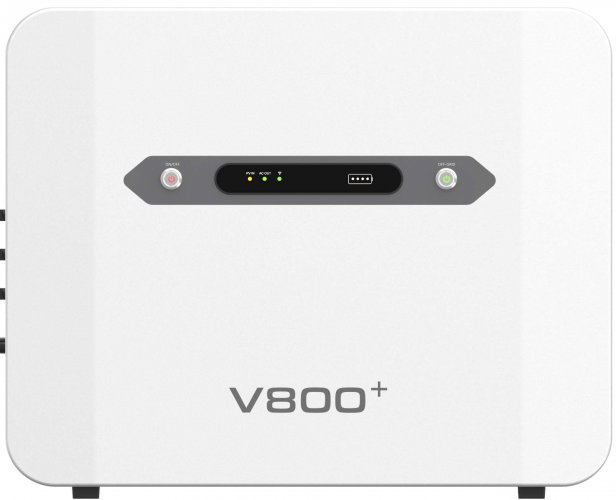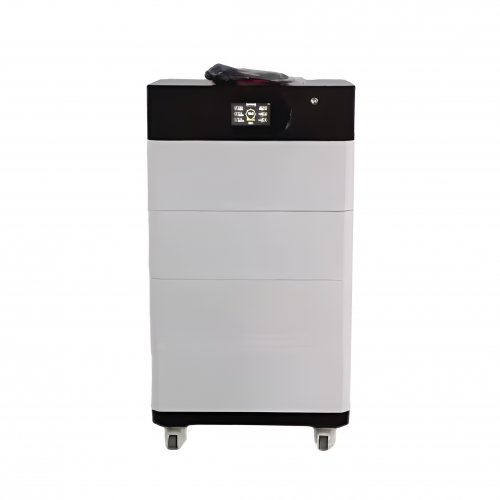Lifepo4 Cell Performance Review: Uncompromising Safety And Longevity In Energy Storage
The quest for reliable, safe, and long-lasting battery technology has led to the widespread adoption of Lithium Iron Phosphate (LiFePO4) cells across numerous applications, from solar energy storage and marine use to electric vehicles and portable power stations. This review provides a comprehensive analysis of a generic 100Ah LiFePO4 prismatic cell, a common form factor in today's market, focusing on its performance characteristics, real-world application, and how it stacks up against other lithium-ion chemistries.
Product Function and Core Technology
At its heart, the LiFePO4 cell is a type of lithium-ion battery. However, its cathode material—Lithium Iron Phosphate—is fundamentally different from the Lithium Cobalt Oxide (LCO) or Nickel Manganese Cobalt (NMC) found in many consumer electronics and EVs. This chemistry dictates its unique performance profile. The primary function of these cells is to store and deliver electrical energy with high efficiency. They are typically configured into large battery packs to provide deep-cycle power, meaning they are designed to be regularly discharged down to a low level and recharged, a common requirement for off-grid solar systems or trolling motors.
Key specifications of the reviewed cell include a nominal voltage of 3.2V, a capacity of 100Ah, and an impressive cycle life rating of 2000 to 5000 cycles (to 80% original capacity). It features a built-in Battery Management System (BMS) for protection against over-voltage, under-voltage, over-current, and short circuits.
The Advantages: Where LiFePO4 Truly Excels
The benefits of this chemistry are substantial and form the core of its value proposition.
1. Exceptional Safety Profile: This is arguably the most significant advantage. The LiFePO4 chemistry is inherently more stable than other lithium-ion types. The strong phosphate-oxide bonds make it far more resistant to thermal runaway, a chain reaction that can lead to fires or explosions in damaged or overheated batteries. It is much less prone to combustion, even when punctured or abused, providing immense peace of mind, especially in enclosed or sensitive environments like a home or boat.
2. Long Cycle Life: The longevity of these cells is remarkable. Where a lead-acid battery may offer 300-500 deep cycles, a quality LiFePO4 cell can deliver ten times that. This translates to a service life of a decade or more, even with daily use, drastically reducing the long-term cost of ownership despite a higher initial investment.
3. Consistent Performance and Flat Voltage Curve: LiFePO4 cells maintain a very stable voltage throughout most of their discharge cycle. This means a device powered by them will operate at near-peak performance until the battery is almost completely depleted, unlike lead-acid batteries whose voltage steadily sags. The BMS ensures this by preventing operation outside the safe voltage window.
4. High Efficiency and Low Self-Discharge: These cells boast charge-discharge efficiencies often exceeding 95%, meaning almost all the energy you put in is available for use. They also have a very low self-discharge rate (around 3% per month), so they can sit on a shelf for much longer periods without needing a recharge.
5. Maintenance-Free and Lightweight: Unlike lead-acid batteries, there is no need for watering, equalization charges, or worrying about acid spills. They are also significantly lighter for the same capacity, a critical factor for mobile applications like RVs and camper vans.
The Disadvantages: Practical Considerations
No technology is perfect, and LiFePO4 has its own set of drawbacks.
1. Higher Upfront Cost: The most immediate barrier for many consumers is the initial purchase price. A LiFePO4 battery system can be two to three times more expensive than a comparable lead-acid setup. However, this must be evaluated against its vastly superior lifespan.
2. Lower Energy Density: While lighter than lead-acid, LiFePO4 has a lower volumetric and gravimetric energy density than other lithium-ion chemistries like NMC. This means for a given physical size or weight, an NMC battery might store more energy. This makes LiFePO4 less ideal for applications where space is the absolute primary constraint, such as in some high-performance electric vehicles.
3. Sensitive to Low-Temperature Charging: While these cells can discharge at temperatures as low as -20°C (-4°F), they cannot be charged effectively below 0°C (32°F). Charging a freezing LiFePO4 cell can cause permanent damage. This necessitates built-in thermal sensors and heating elements in BMS designs for use in cold climates, adding to complexity and cost.
Actual Usage Experience
In practical terms, using a LiFePO4 battery is a lesson in reliability. For a solar power setup, the difference is night and day compared to lead-acid. The battery accepts a full charge from solar panels much faster due to its high charge acceptance rate. Throughout the evening, the voltage remains high and stable, running appliances without the dimming lights or sluggish performance associated with a draining lead-acid battery. The state of charge is also much easier to gauge accurately due to the flat voltage curve, though it still relies on the BMS or a shunt-based monitor for precision.
The absence of maintenance is a significant quality-of-life improvement. There is no more checking acid levels or venting hazardous gases. The lightweight nature makes installation a one-person job, a stark contrast to lifting heavy AGM batteries into place.
Conclusion
The LiFePO4 cell is not a one-size-fits-all solution. Its higher cost and lower energy density make it a less compelling choice for ultra-compact consumer devices. However, for applications where safety, longevity, and total cost of ownership are the paramount concerns, its performance is virtually unmatched. It represents a mature, robust, and incredibly reliable energy storage technology. For anyone building a solar system, upgrading an RV, or powering a critical backup application, investing in a quality LiFePO4 battery is a decision that pays dividends in peace of mind and dependable power for years to come. It is a definitive step forward in battery technology for the practical user.
Customized/OEM/ODM Service
HomSolar Supports Lifepo4 battery pack customization/OEM/ODM service, welcome to contact us and tell us your needs.


HomSolar: Your One-stop LiFePO4 Battery Pack & ESS Solution Manufacturer
Our line of LiFePO4 (LFP) batteries offer a solution to demanding applications that require a lighter weight, longer life, and higher capacity battery. Features include advanced battery management systems (BMS), Bluetooth® communication and active intelligent monitoring.

Customised Lithium Iron Phosphate Battery Casing
ABS plastic housing, aluminium housing, stainless steel housing and iron housing are available, and can also be designed and customised according to your needs.

HomSolar Smart BMS
Intelligent Battery Management System for HomSolar Energy Storage System. Bluetooth, temperature sensor, LCD display, CAN interface, UART interface also available.


Terminals & Plugs Can Be Customized
A wide range of terminals and plugs can be customised to suit the application needs of your battery products.

Well-designed Solutions for Energy Storage Systems
We will design the perfect energy storage system solution according to your needs, so that you can easily solve the specific industry applications of battery products.



About Our Battery Cells
Our energy storage system products use brand new grade A LiFePO4 cells with a battery lifespan of more than 4,000 charge/discharge cycles.



Applications in Different Industries
We supply customized & OEM battery pack, assemble cells with wiring, fuse and plastic cover, all the cell wires connected to PCB plug or built BMS.
Applications: E-bike, Electric Scooter, Golf Carts, RV, Electric Wheelchair, Electric Tools, Robot Cleaner, Robot Sweeper, Solar Energy Storage System, Emergency Light, Solar Power Light, Medical Equipment, UPS Backup Power Supply.
We can provide you with customized services. We have the ability to provide a vertical supply chain, from single cells to pack/module and to a complete power solution with BMS, etc.


HomSolar (Shenzhen) Technology Co., Ltd
























